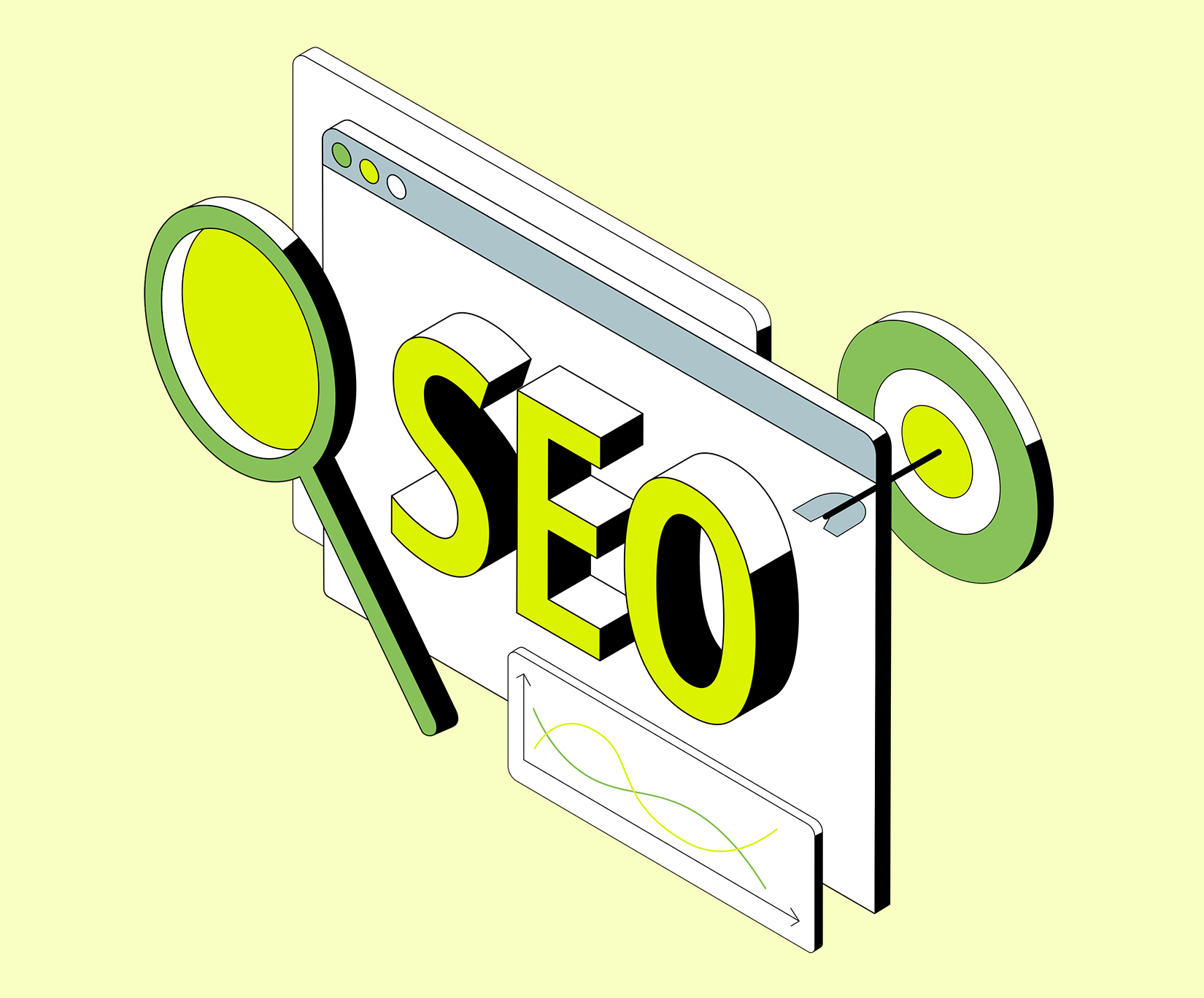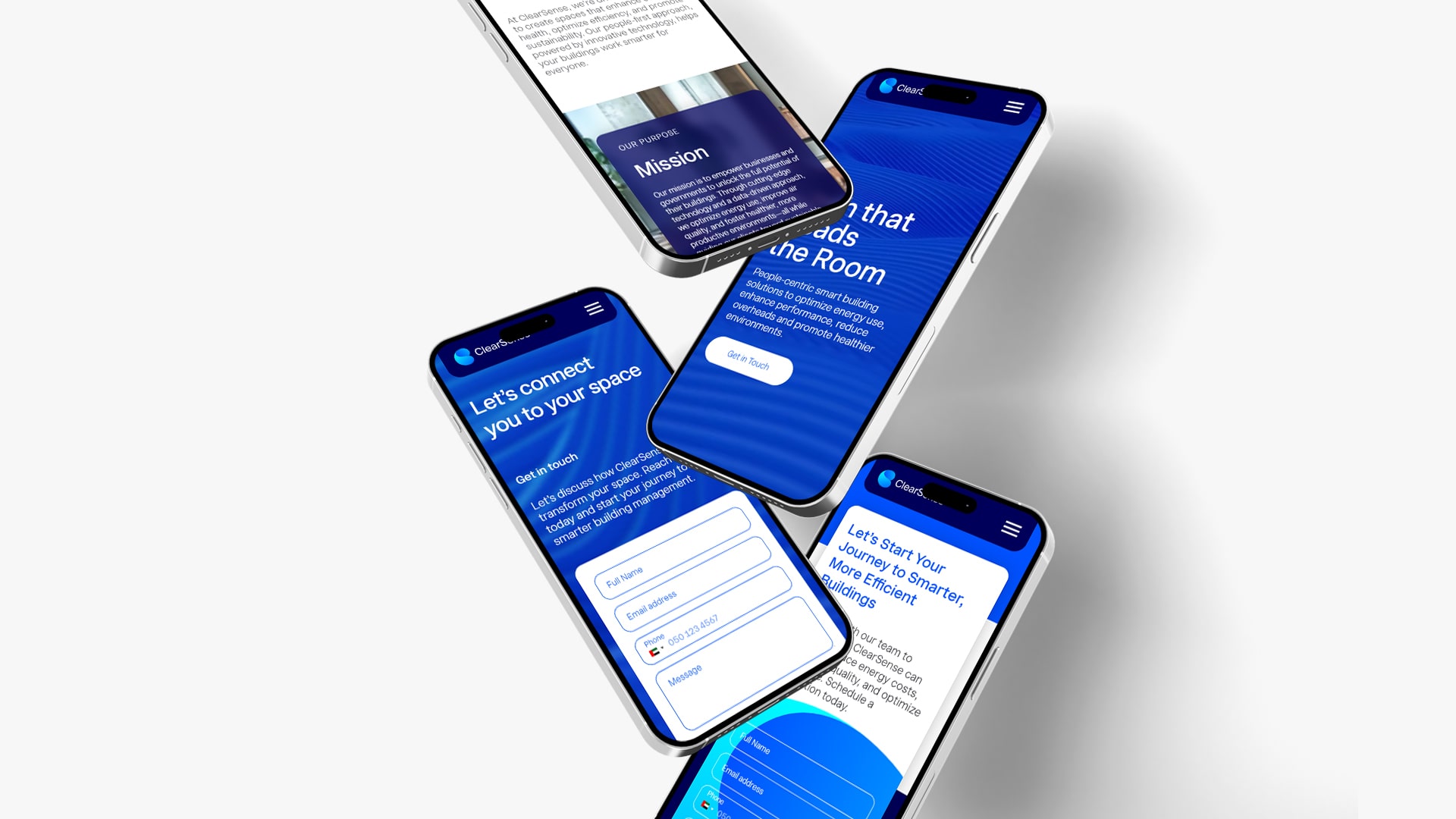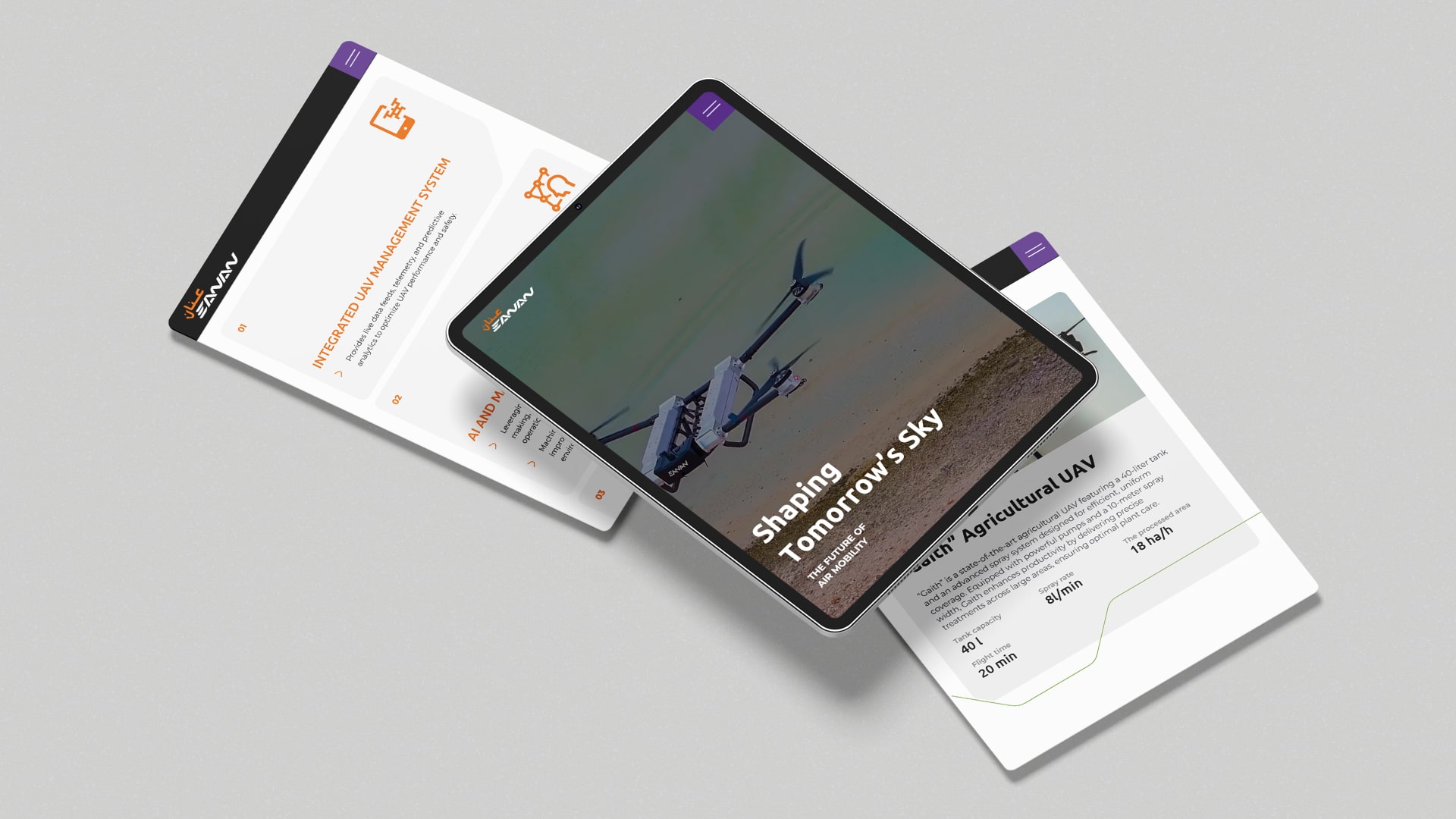Be honest: You have stared at the traffic light in Yoast, wondered why your text gets a fussy orange, and thought, “Does this really matter for rankings?” You are not alone. The Yoast SEO readability score is one of those features that feels simple, yet it taps into a bigger story about how people read—and how search engines reward content people actually finish reading.
In this quick piece, we will break down the readability score SEO impact, what it does (and doesn’t) do, and how you can turn that light green without sounding like a robot. Along the way, we’ll highlight the importance of content readability in SEO so you know where to focus your energy.

What exactly is Yoast’s readability score?
Think of Yoast as a friendly editor tapping your shoulder with checks like sentence length, passive voice, transition words, paragraph length, subheadings, and Flesch Reading Ease. The Yoast SEO readability score pools those signals into the red–orange–green indicator you see in WordPress. It doesn’t replace your judgment; it just guides you where readers may stumble.
Here’s the key: search engines want satisfied users, and satisfied users tend to stick around when text is scannable and clear. That’s where the readability score SEO impact starts to show up—fewer back-button bounces, more time on page, higher chance of internal clicks. Yoast is applying practical writing principles you’ll also find in plain-language standards and even journalism playbooks. If you follow the Yoast SEO guidelines as a baseline (not gospel), you make it easier for both humans and crawlers to grasp your message.
Does readability directly change rankings?
Not in a “flip the switch and boom, #1” way. Google doesn’t say, “Green light = top spot.” But here’s how readability affects SEO in the real world: better readability usually improves engagement metrics—time on page, scroll depth, and the likelihood someone shares or links your content. Those signals help search engines infer value. Plus, clear writing reduces pogo-sticking (when users bounce fast and pick another result), which can depress your perceived relevance.
So when you are thinking about the SEO impact of readability score, think indirectly. The plugin’s checks push you toward shorter sentences, helpful subheads, logical flow, and coherent paragraphs. All of that reduces friction and increases comprehension for busy readers on tiny screens. That’s the practical readability score SEO impact you can measure: improved engagement, better conversion, and more pages per session. Search engines reward that kind of user satisfaction, even if they’re not “reading” your prose the way a human does.
How to use the score without losing your voice
Let’s make this useful. If you want to nudge that Yoast SEO readability score to green while staying human, try these moves:
- Front-load value. Start with the answer, then explain. Mobile readers skim; reward them early. This alone lifts the readability score SEO impact, because people stick around when they get what they came for.
- Shorten sentences (not every sentence). Mix short and medium sentences. Variety keeps rhythm; clarity keeps readers moving.
- Use subheads like road signs. Each section should answer a micro-question. Scanners should “get it” by reading only the H2s/H3s.
- Trim filler words. “Really,” “very,” and “in order to” can usually go. Clearer equals faster.
- Break walls of text. One idea per paragraph. Two to four lines per paragraph on mobile is comfortable.
- Swap passive for active (when it helps). “You can do X” beats “X can be done.”
- Add transitions. Words like “so,” “therefore,” “meanwhile,” and “however” guide readers. Yoast checks for this because it improves flow—and that’s how readability affects SEO day to day.
- Format for scanners. Lists, bold key phrases, and descriptive links.
When you roll these habits into your process, the SEO impact of readability score becomes visible in analytics: smoother scrolls, lower bounce, higher conversions. That’s the compounding readability score SEO impact you are aiming for—content that’s effortless to consume, remember, and act on.
What the score can’t (and shouldn’t) do
A reality check: the Yoast SEO readability score is a tool, not a teacher of your subject matter or your brand tone. If your topic is technical, you will sometimes need longer sentences or niche terms. That’s okay. Don’t mutilate meaning to chase a perfect green. Also, readability is language- and audience-sensitive; what’s “simple” for one reader may be too shallow for another. Use Yoast to spot friction points, then decide like a pro whether the trade-off is worth it.
Another limitation: no plugin understands narrative nuance, humour, or the persuasive arc of your argument. You do. If a short “staccato” sentence breaks your brand cadence, keep your cadence. Balance clarity with personality.
Content architecture matters more than you think
Readability doesn’t stop at sentence mechanics. It’s also about content structure:
- Answer intent first. Match your H1 and intro to what the user typed. If the query is “pricing strategy templates,” show the templates fast.
- Use logical headings. H2s for major themes, H3s for steps/examples, H4s sparingly.
- Chunk hefty topics. For long guides, an anchor-linked table of contents helps.
- Add visuals with captions. Diagrams, checklists, and process graphics reduce cognitive load.
Pay attention to internal links: Guide readers to related pages that extend the journey. That’s another subtle SEO impact of readability score adjacent win—when readers move fluidly through your site, session value rises.
A quick word on examples (and Wikipedia)
If you have ever skimmed a Wikipedia article and found it oddly easy to navigate despite dense topics, that’s a masterclass in structure: crisp lead, table of contents, short sections, citations. You don’t need to copy Wikipedia SEO tactics, but you can borrow its clarity: a strong summary up top, then drill down with consistent subheadings and scannable paragraphs.
How to measure the payoff
Once you tidy your pages, watch analytics for 4–6 weeks:
- Bounce rate/engagement rate: Expect a nudge in the right direction if you fixed major friction.
- Average time on page and scroll depth: Clearer text keeps readers engaged longer.
- Conversions: Keep your CTAs in well-structured content. It converts better, and you will thank us later.
- Organic positions and CTR: The more your users engage, the impressions and clicks you will receive.
If pages with big readability fixes outperform similar pages you didn’t touch, that’s your readability score SEO impact in action. Use the Yoast SEO guidelines to spot issues fast, then apply your brand voice with intention.
Winding Up
If you would like hands-on help auditing your content, tightening structure, and aligning on-page elements with business goals, talk to GTECH—your friendly Search Engine Optimization agency in Dubai. We will map out the priorities, polish your copy for humans (and algorithms), and build a roadmap you can execute confidently.
Related Post
Publications, Insights & News from GTECH








